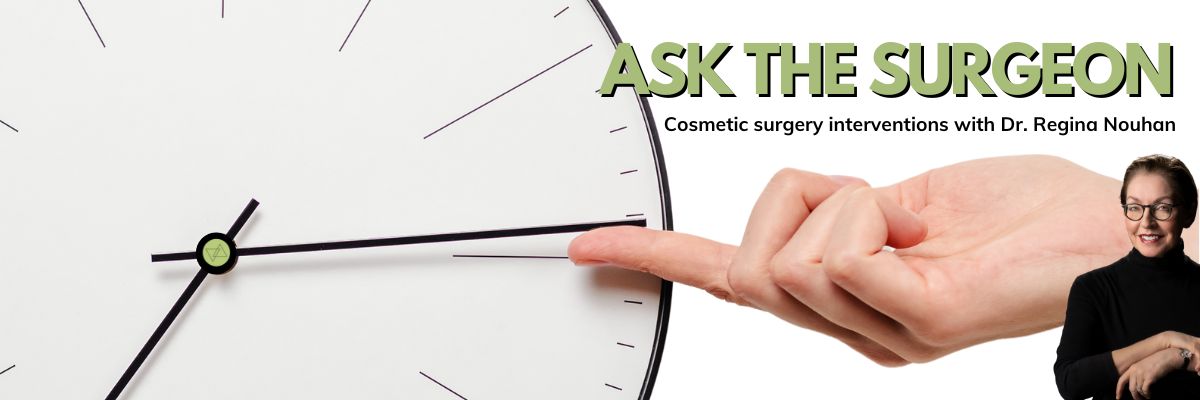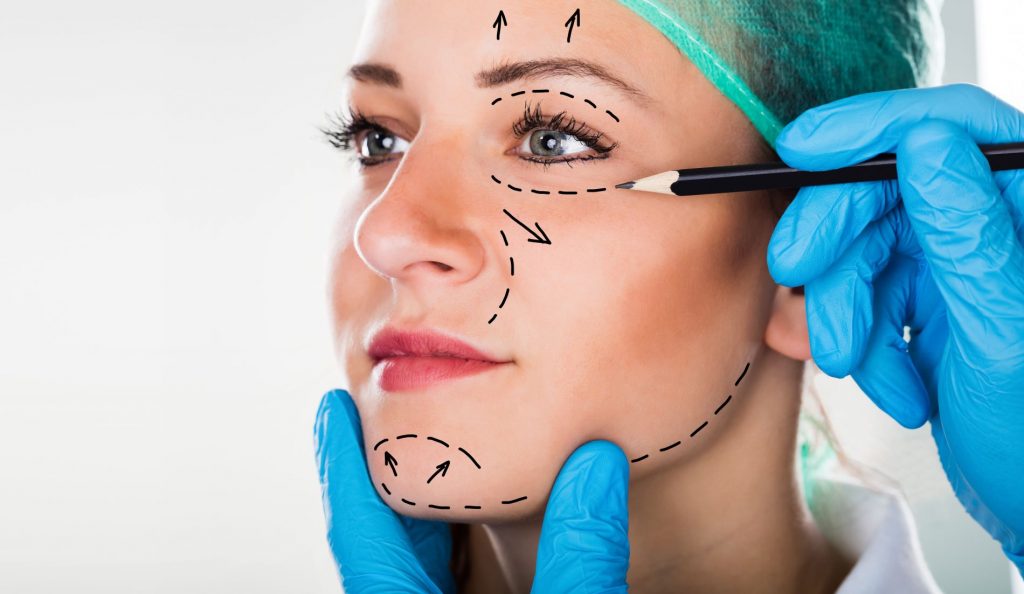
By now you understand the biochemistry of aging and the profound effects we can make on our rate of aging via epigenetic lifestyle choices.
How we sleep, eat, move, manage stress, and create a sense of purpose all influence not only our lifespan (how long we live) but our healthspan (how well we live).
But even when we’re doing all we can to reset our aging clock, evidence of our chronological age may linger. Fine lines, wrinkles, and sagging skin can make us feel defeated despite our best anti-aging efforts.
To align our outer look with our newly younger body inside may take some facial cosmetic intervention.
Neuromodulators like Botox and Dysport can help, and so can fillers like Juvaderm and Restylane, but what happens when surgery may be the best option for getting the results you want?
Then it may be time to talk to a plastic surgeon, and that’s just what we’re going to in the third workshop of THE BIG REWIND.
Dr. Regina Nouhan, a plastic surgeon with over 25 years of clinical experience in all varieties of plastic surgery, joins us on Saturday, January 14, 2023, for a detailed discussion of facial plastic surgery interventions.
Following her successful and satisfying career, surgeon Regina Nouhan, MD retired from a broad practice in Cosmetic Surgery, Reconstructive Surgery, Hand & Microsurgery, and Skin Care.
This was centered in the Midwest, primarily with the well-respected Monarch Plastic Surgery group.
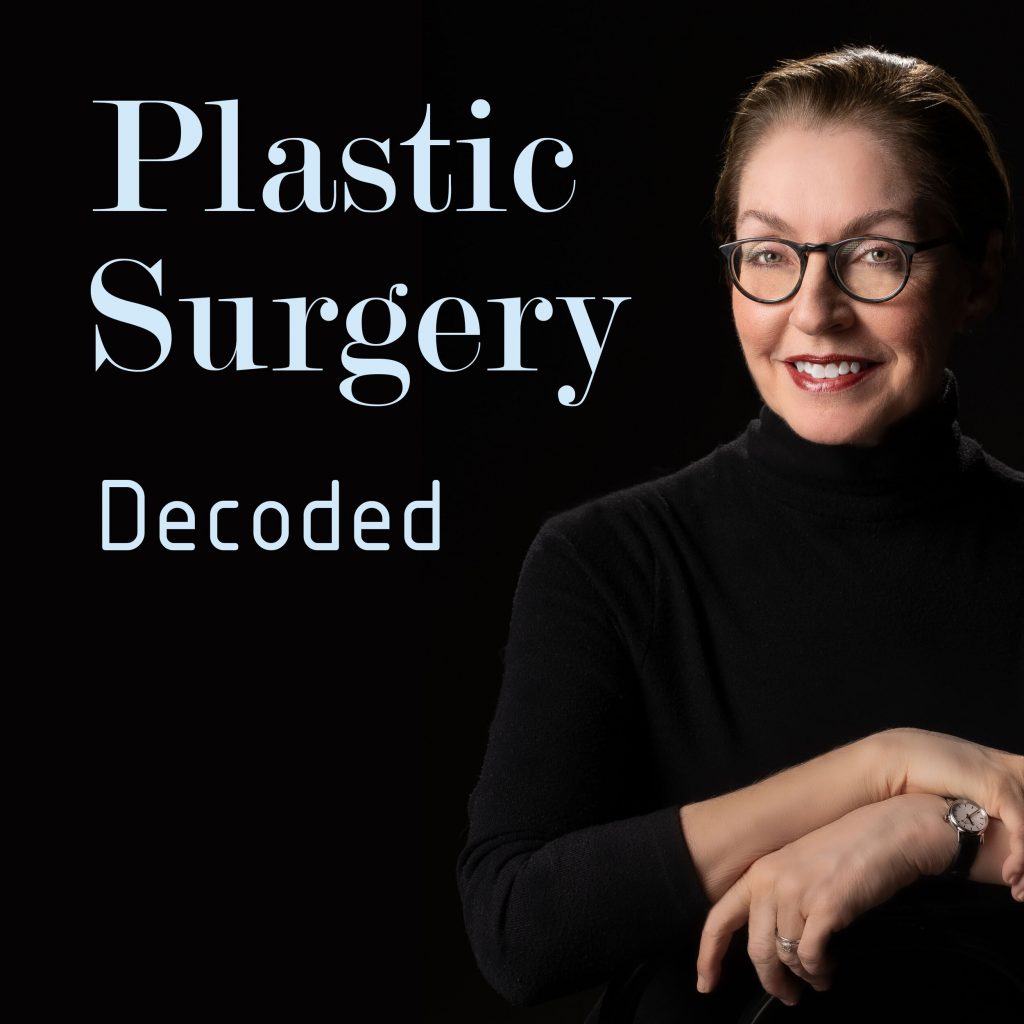
After phasing out of active practice, Dr. Nouhan wished to continue to provide service, now in a different capacity.
Hence, RMN Projects, LLC was founded with the intent of finding new ways to put her insight and experience to good use, focusing on consulting, teaching, and communications.
After years of volunteering for local public radio station KCUR, and having been told she had a “good radio voice,” Dr. Nouhan decided to produce a patient-education podcast called: Plastic Surgery Decoded.
The following blog is a transcript from Season 1 Episode 10 where she discusses cosmetic interventions for lines and wrinkles.
Read on to learn how the face ages, what causes the wrinkles and lines, treatment options, and how to layer different treatments for best results.
What can be done for facial rejuvenation?
When we think of facial aging, typically what comes to mind is something that only happens when we are 40 or 50. And it’s true that we will have many signs of facial aging by that time and beyond.
But actually, signs of aging can begin much earlier, even in our late twenties and thirties. Of course, there is nothing wrong with these fine lines and small wrinkles that eventually progressed to deeper and more noticeable ones. They are perfectly natural.
And each one of us is going to age at a different speed, based mostly on our genetics. But many people want to minimize the outward signs of aging.
We are typically born with wonderfully resilient and smooth skin which has great elasticity and is supported underneath by a healthy layer of natural fat.
As time passes, the youthful building blocks of the skin, like collagen and elastin, gradually begin to degrade and break down. At first, the rate is very slow, but that picks up as we get older.
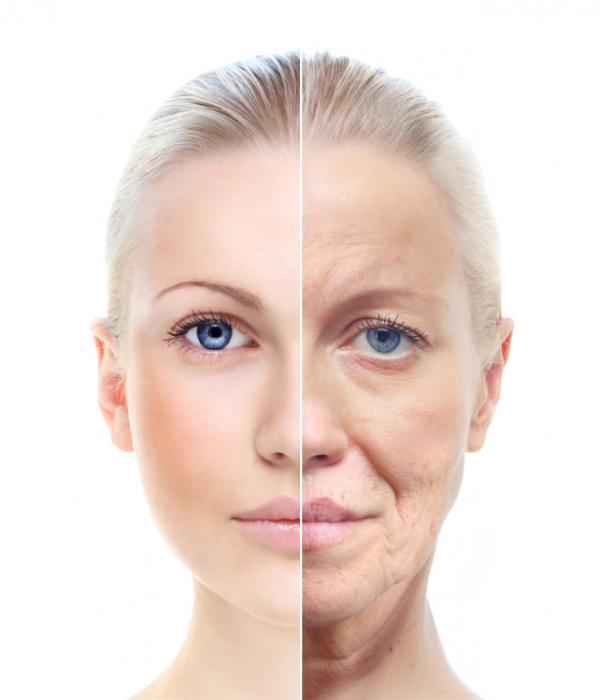
People who start out with thicker skin tend to take longer to show age, but in general, the skin starts to thin out and become less elastic.
Also with age, we can see irregularities in the specific skin cells that produce and control pigmentation, called melanocytes. Those irregularities can lead to uneven pigmentation.
In addition to all that, the nice supportive fat layer under our skin layer starts to thin out and migrates south, following gravity, losing its youthful fullness.
These natural changes can be accelerated by environmental factors like smoking and sun exposure over the years.
They can also be expedited by hormonal changes, including menopause.
So given how the skin ages, how does that translate to wrinkles and lines?
Well, think of a piece of elastic fabric whose elastic over time has stretched and given out. If you fold
it, it will likely crease, and if you hold it up, there will likely be areas of sagging.
Our skin can act like that too.
Our facial skin covers the muscles that contract and move to show expression. When we are younger, the skin doesn’t leave a crease after the underneath muscles temporarily fold it. It returns to a smooth state after we’re done smiling or frowning.
But as we age, our skin loses some of the quality and amount of its collagen and elastin over time with repeated muscle contractions.
And think of how many times we smile frown or squint each day. The skin starts to develop some crease lines where it folds and it just can’t bounce back.
We must also factor in the pull from gravity.
With less fat underlying and supporting our skin, it can sag and settle to aggravate the appearance of lines and folds.
So what can be done?
Well, luckily, there are a multitude of options for facial rejuvenation but choosing which are best for an individual person depends on the specific problem at hand. Because not everyone has the same aging process.
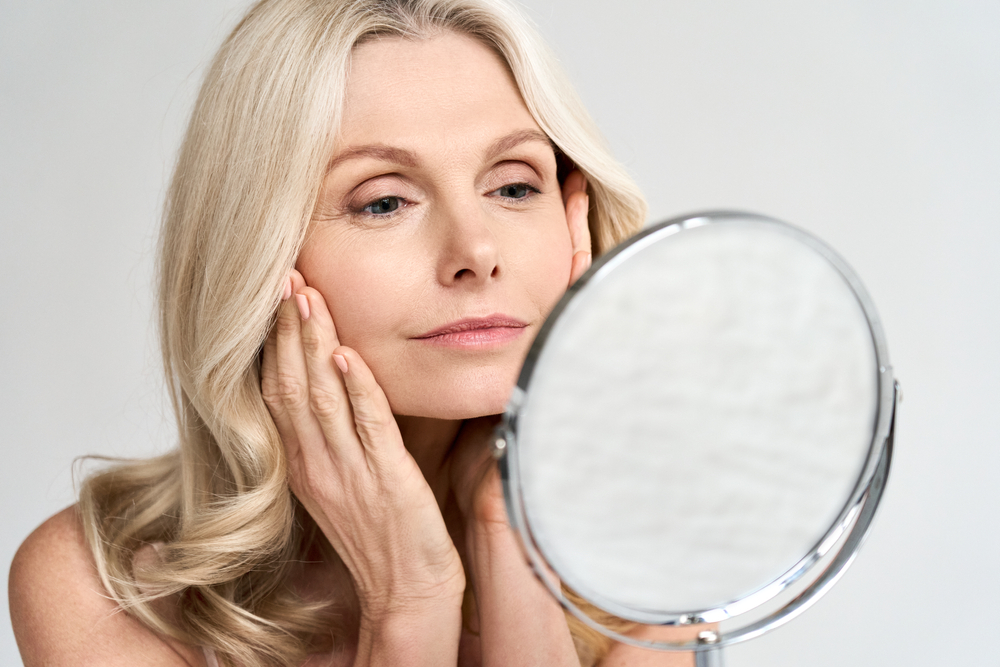
The bottom line is we must diagnose the cause of the specific concern.
It may be helpful to break the issues down into three categories:
1. For some, fine lines or skin surface texture is the biggest problem.
2. Other people may have more of an issue with loss of elasticity, creating stretched out or excess skin.
3. And for some people, the lack of underlying skin support is the main problem.
Dr. Nouhan often used a triple-layered approach to facial rejuvenation based on evaluating all three skin properties and treated each if needed though not necessarily simultaneously.
To review, those properties are surface texture, skin elasticity, and underlying volume.
First, if skin texture has become a problem, such as with fine lines, then treatment can start with a good skincare product regime to promote new collagen production and turnover or clean out old damaged collagen.
This is great for milder cases.
For more significant skin texture problems, minimally invasive procedures aimed at resurfacing the skin like chemical peels, microdermabrasion, micro-needling or laser peels may be just the thing.
And of course, these can range from a light touch to relatively aggressive depending upon what’s needed and how much downtime the patient is able to tolerate.
Most of these are able to be done in the office setting, possibly with a topical numbing cream.
Adding a growth factor serum or maybe platelet-rich plasma which is derived from your own blood right in the office may enhance results as well.
If the skin texture problem includes perhaps some discoloration, light-based treatments like BBL (broad-band light therapy) as an example, may be of benefit.
After chemical or laser treatment, there may be some skin peeling and redness with, as you’d expect, a lengthier recovery if the peel is deeper.
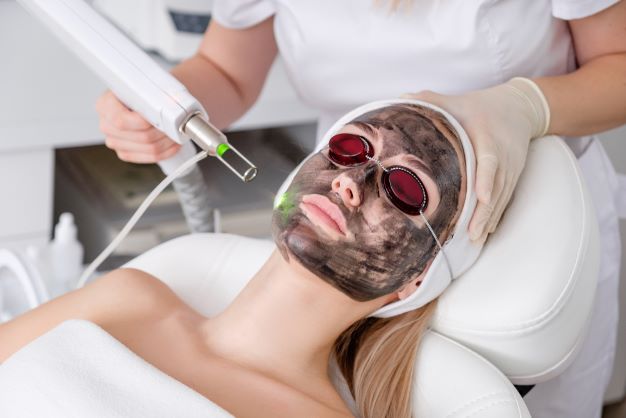
The selection and method of peel are best determined by an experienced practitioner, taking into account the individual patient’s needs and desires.
But like anything, keeping the results requires maintenance. The frequency depends on how invasive or deep the remedy was.
For lighter treatments, the required maintenance or touch-ups will need to be more frequent. But sometimes that’s preferable for patients who don’t want to deal with a longer downtime from a more intense treatment.
Secondly, let’s talk about problems with skin elasticity.
Again, there is a spectrum of severity. On the lesser end, the loss of elasticity may just be manifested by a little bit deeper wrinkles but in a more advanced case, there may also be loose sagging skin.
Neither topical products nor superficial skin peel treatments are likely to do enough for these issues.
If the loss of elasticity is mild, external tightening treatments such as laser treatments or radiofrequency treatments can noticeably improve things, and sometimes reducing the muscle contracting underneath the problem area can reduce the appearance of lines and wrinkles.
Again, normally the muscle sits under the skin and when it contracts, the overlying skin has to bend in response. If a person is losing skin elasticity,
Repeatedly, contracting muscles will create an actual skin crease. And this is where Botox or similar neural modulators can come in handy. There are a few of them available these days.
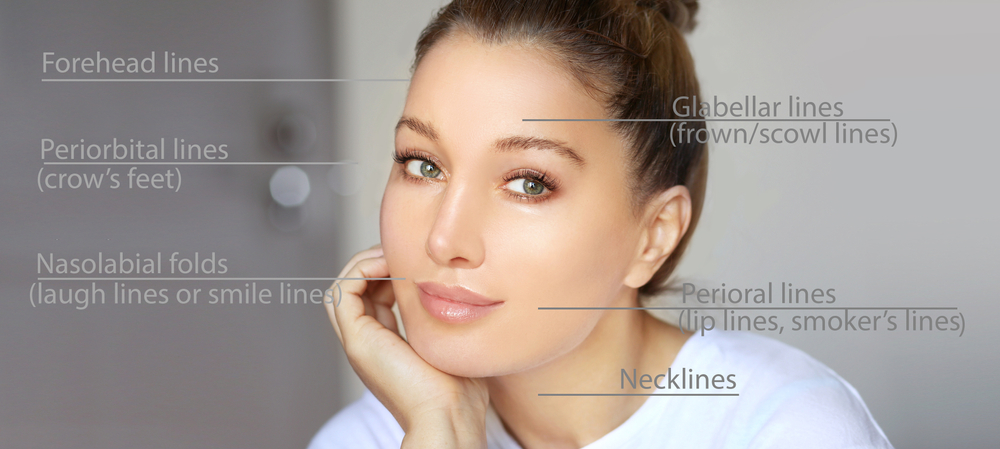
Botox and the like have no direct effect on skin, but a neuro modulator can indirectly make a difference because it weakens the amount the underlying muscle moves. Going back to our fabric analogy; if you don’t fold the fabric, you don’t see a crease.
Now, that doesn’t mean that Botox can completely erase skin lines, especially if they’re pretty etched, but it can often help.
It’s a very tolerable procedure as things go, but it needs to be done in a judicious way to avoid complications or overdoing it. It lasts around three months on average. So maintenance is key here.
But what about the more involved loss of elasticity cases where there is sagging skin or actual skin folds?
If it’s not too bad, and in certain locations, sometimes a little bit of injected filler can plump out the region enough to make it look better. But beware.

Attempting to do too much correction with just filler risks looking bloated and overdone. And unfortunately, we’ve probably all seen someone who has that issue.

A better option in those situations is to lift or tighten the problem area and remove the excess skin.
Surgical options for resetting the facial aging clock can include a facelift, sometimes with added suspension threads, a neck lift, which is normally part of a facelift, but can be done separately, eyelid tuck, and a brow lift.
Thirdly, if there is volume loss in the area that is contributing to the tendency for skin sagging, folding, or just looking deflated, suggesting the underlying fat has thinned out or migrated south, surgically stretching and taking out excess skin could help.
But surgery may still leave a non-youthful appearance. That’s where injectable filler or even the body’s own fat injected beneath the
problem area could help to plump up the region and go a long way to restoring contour.
Fillers often have hyaluronic acid as their basic ingredient, something normally found in our bodies. Just a couple of examples are Juvederm and Restylane.
Hyaluronic acid gel not only fills up a space, it also attracts water from the surrounding tissues, helping keep the area plumped. Hyaluronic acid fillers do typically require periodic maintenance injections, though.
But what’s nice about them is that if you don’t like the new look, it will eventually dissolve after 3 to 6 months or more.
A reversal medication can be injected to dissolve it much quicker if the results are not as expected.
A different category of filler is called bio stimulatory, and it works by stimulating the collagen in tissues in the area of injection to thicken up over time. As the tissue thickens up, there is more volume and less appearance of sagging skin.
Examples include Sculptra and Radiesse. They will often last much longer, perhaps up to a couple of years, but they cannot easily be reversed. It may be wise to start with something that will dissipate more quickly to be sure you like the new look, then you can progress to something that lasts longer.
In general, fillers are a nice option as downtime is pretty minimal, though there can be rare complications. Downtime is usually pretty minimal.
We’ve discussed three levels at which the facial skin can show age and basic options for treating each one.
But what if a person has more than one of these issues going on simultaneously? This is most often the case.
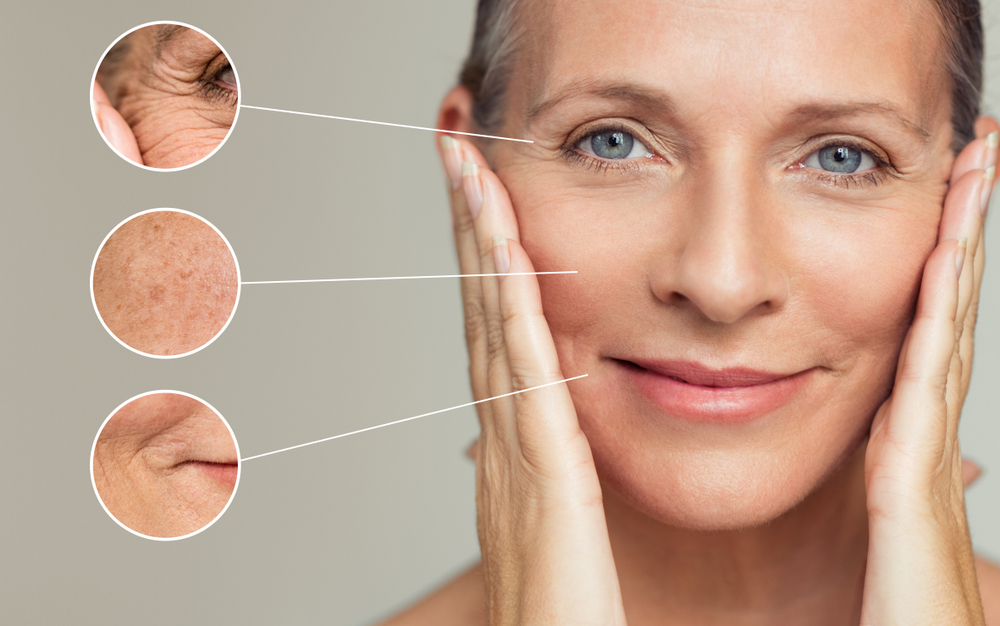
When someone presents complaining of skin lines, wrinkles, and folds, it’s usually due to a combination of etiologies, even all three.
As long as that is recognized, treatment can be focused accordingly. Combination results are therefore superior to treating only one aspect.
And that’s where a layered approach to rejuvenation comes into play.
If it’s clear that a patient would benefit from a layered approach, some physicians will choose to build from the bottom up, creating a foundation, and then treating the surface.
If there is volume loss, they may build this with filler or fat grafting.
Afterward, it’s a bit easier to assess how much extra skin is present.
If there is still excess then surgical tightening or removal may be indicated. If not that much excess is present, perhaps something like percutaneous threads used judiciously can produce a limited lift without surgery.
But most well-trained plastic surgeons can predict what will ultimately be needed at the time of the consultation. So sometimes those two steps, lift and fill, can efficiently be done at the same time.
If surgery has been performed, after sufficient surgical healing, a laser or chemical peel could be done to refine the skin surface and try to help those superficial fine lines that surgery and filler can’t resolve.
But there is no magic order of treatment. Some plastic surgeons may prefer starting with the skin surface, then building up volume later.
And sometimes it comes down to the patient’s preferences and priorities, or certainly finances.
Now, all of this timeline of layered treatment we’ve discussed is with or without Botox.
You can’t use Botox everywhere, but depending upon the location of the lines and wrinkles, Botox can be a great tool to start with easing a person into facial rejuvenation. It can also be a nice way to help maintain results from other treatments.
If the underlying muscle contractions are reduced, there is less of a stimulus for lines to return so quickly.
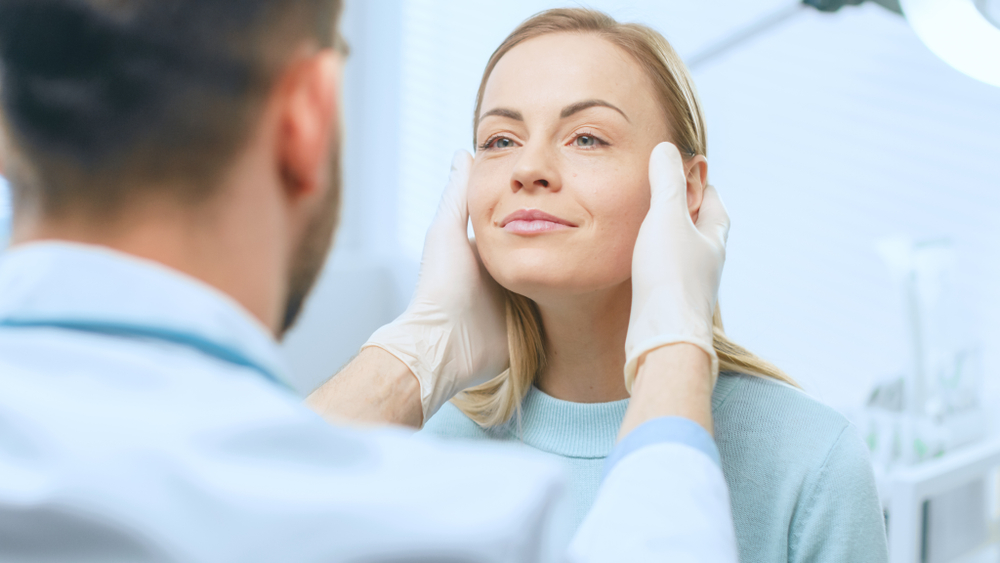
summary
This blog has covered a lot of ground! Dr. Nouhan hopes it makes the concept of facial rejuvenation and the treatment of lines and wrinkles seem a little more logical.
It’s important to remember that all three levels of skin aging should be evaluated with a realistic expectation about what can be accomplished.
Expecting too much from one type of treatment may be a mistake that leads to disappointment.
Professional guidance is crucial.
As always, there is no substitute for a formal consultation with your plastic surgeon who will counsel you with their best judgment.
By now, you know longevity relies primarily on our lifestyle choices. What we eat, when we eat it, exercising, managing our stress, and prioritizing sleep provide the foundation for living longer and living healthier.
There is no shortcut to optimal health or longevity.
Perhaps you’re all in- doing everything you can to optimize your biochemistry for anti-aging from the inside out, but lingering wrinkles and sagging skin are deflating your motivation.
It may be time to think about facial rejuvenation.
Join Dr. Regina Nouhan on Saturday, January 14, 2023, as we discuss facial plastic surgery interventions to help your outside match your newly younger inside as part of THE BIG REWIND series.
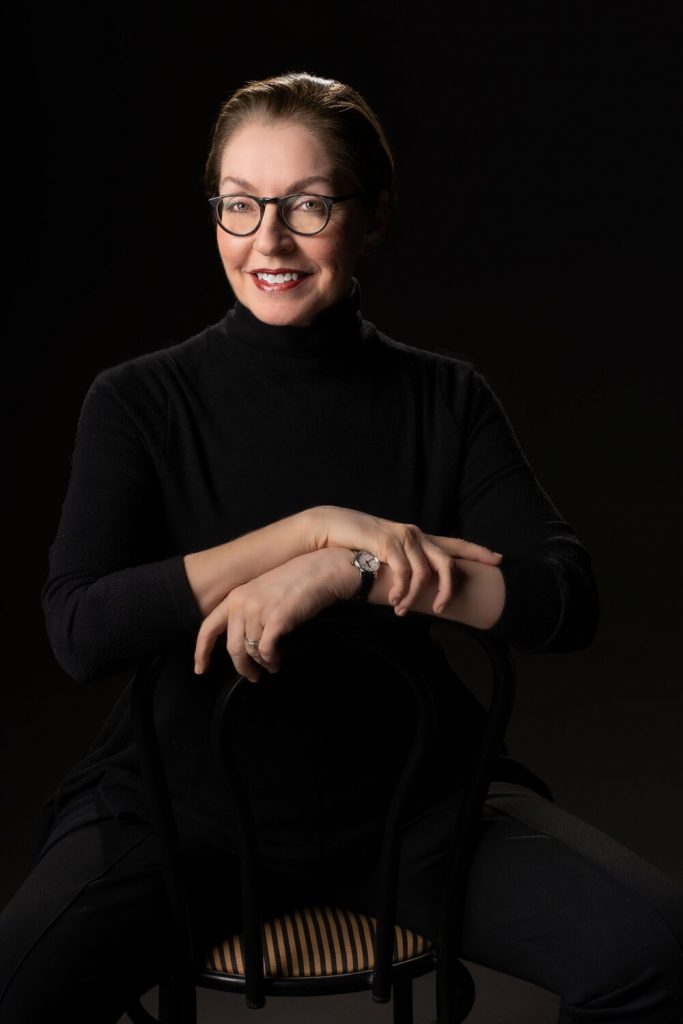
Learn more from dr. nouhan's plastic sugergy decoded podcast

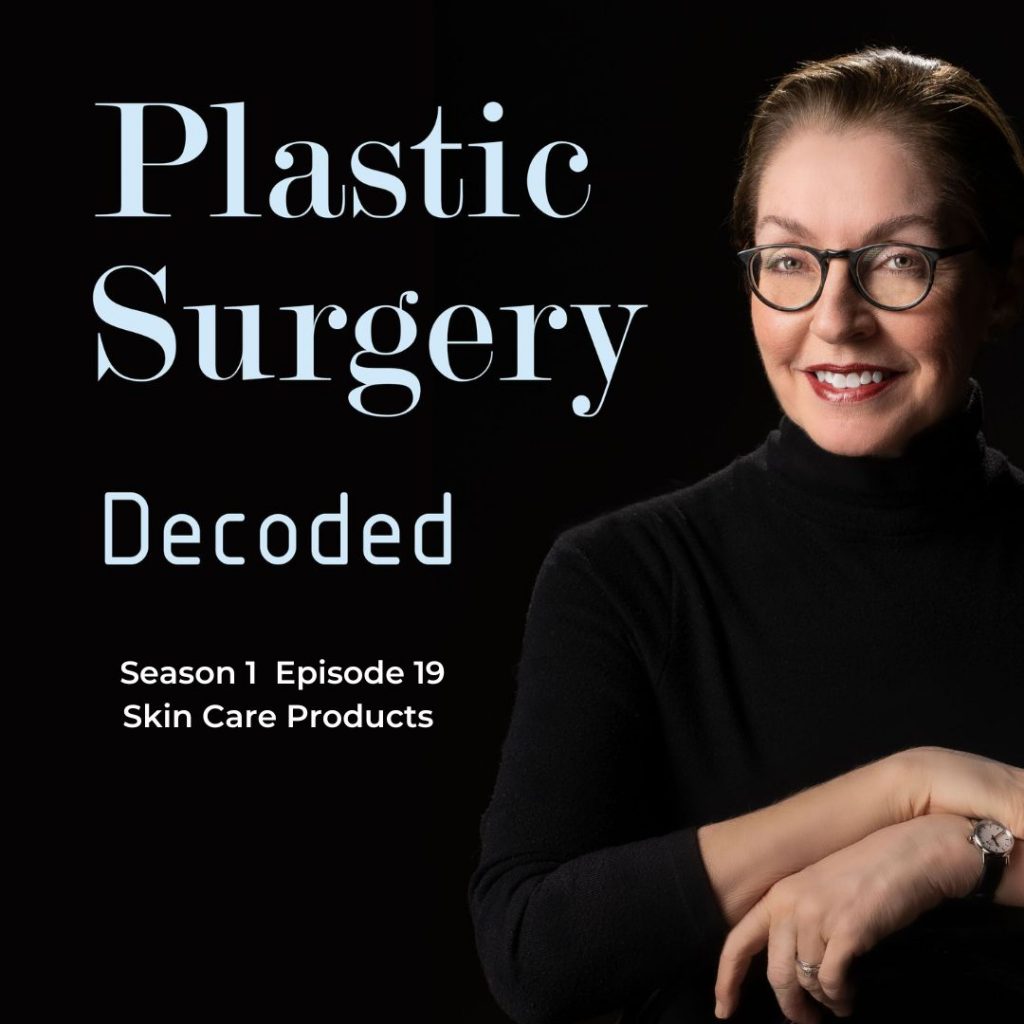
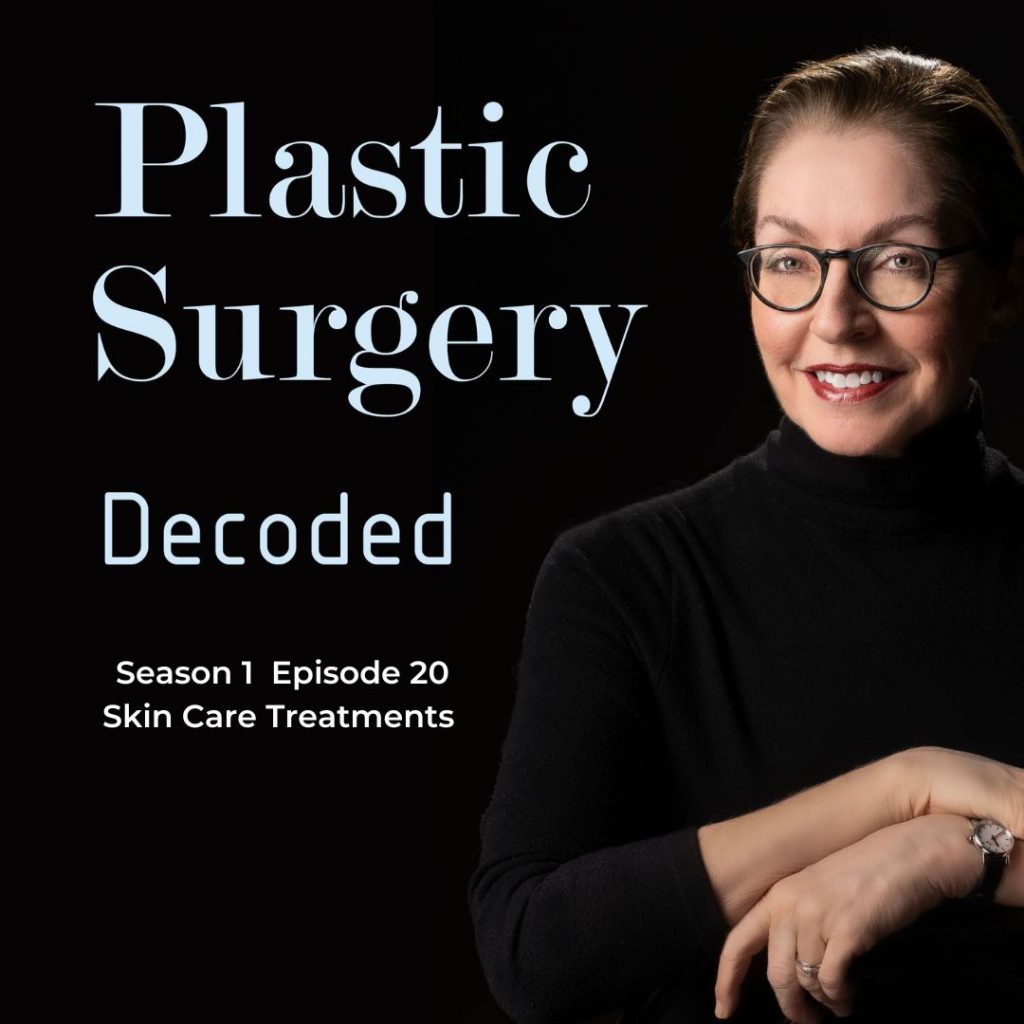
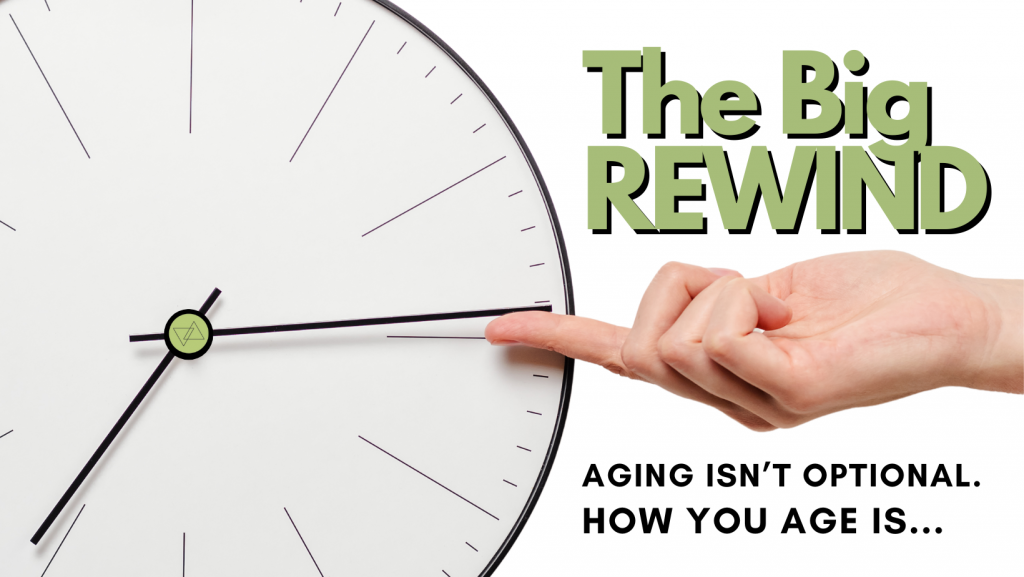
The mechanism of aging all boils down to keeping our mitochondria and DNA clean, healthy, and functional.
In addition to eating healthy, moving regularly, and staying connected in your community, new scientific discoveries in longevity can help us not only live longer but better, healthier, and with more joy!
Join Tina Sprikle for THE BIG REWIND, a 3-part series exploring the reasons why we age and what we can do about it.
All workshops take place in-person from 2:00-3:30 pm at Centered Spirit located at 8131 Wornall Road, Kansas City, Mo. 64114. We will film each session for replay later should you have to miss the live event.
Single Workshop: $45
All three workshops: $69

@ Centered Spirit
8131 Wornall Road
Kansas City, Mo 64114
workshop #1.
why we age
SATURDAY, OCTOBER 22, 2022 2:00-3:30 pm
Take a deep dive into the biochemistry of aging, and longevity science, to learn how you can not only live longer but live better!

@ Centered Spirit
8131 Wornall Road
Kansas City, Mo 64114
workshop#2.
what we can do
Saturday, November 12, 2022 2:00-3:30 pm
The importance of nutrition, meal timing, exercise, and targeted supplementation and peptide therapy for slowing down and reversing aging with special guest Dr. Rahul Kapur

@ Centered Spirit
8131 Wornall Road
Kansas City, Mo 64114
workshop #3. ask the surgeon
Saturday, January 14, 2023 2:00-3:30 pm
You’re eating right, exercising and working your anti-aging protocol but still want a fresher face in the mirror. Join special guest Dr. Regina Nouhan as she answers your questions about options for facial cosmetic surgery.
Each 90-minute workshop provides participants with:
- The latest longevity research education
- Actionable steps to improve your health, slow and or reverse aging
- Workshop handout and Ebook
- Resources links and service providers
- Video replay
- Optional follow-up resource texts
until we get this party started why we age - 10.22.2022
Questions?
I’m always a text or email away.
Email me at tina@tinasprinkle.com or send me a text at 913 963 8546.

